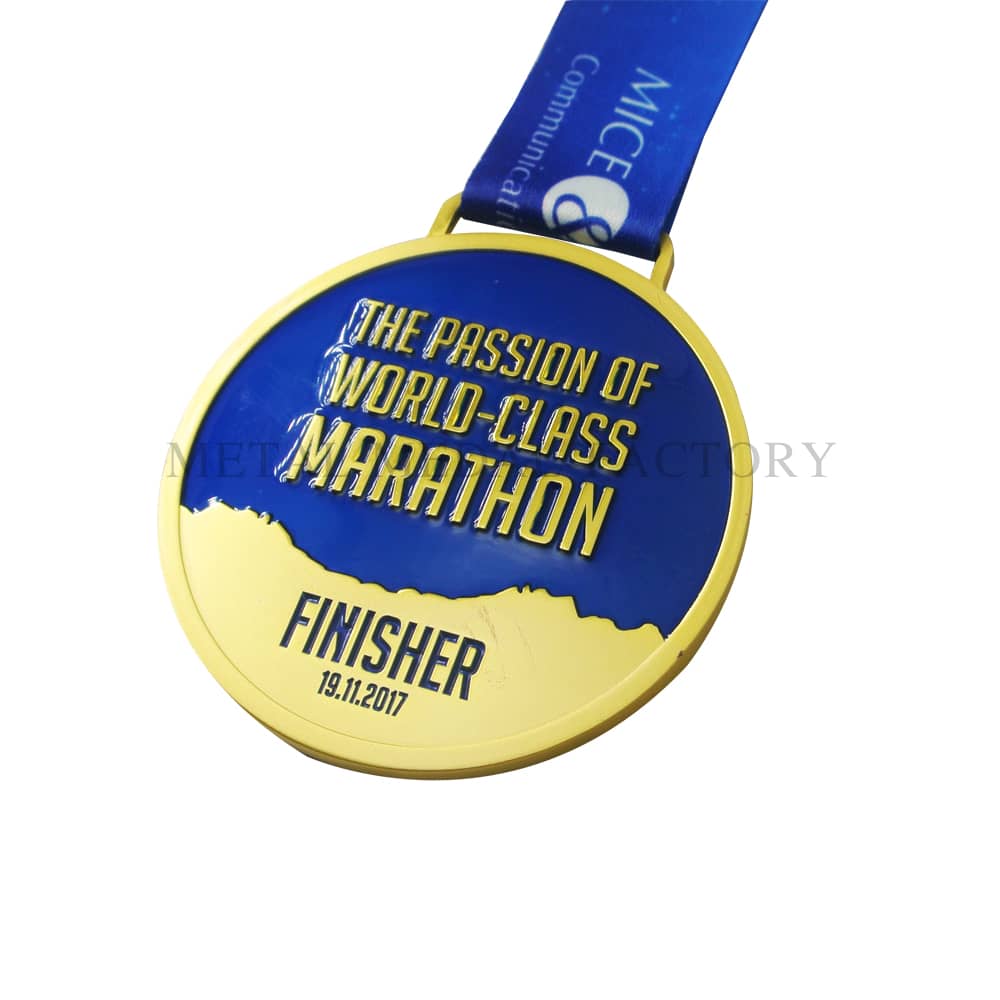
On January 20th, 2019 thousands of runners lined up to race the Houston Marathon. This event is listed as a Gold label race, meaning it attracts some of the best distance runners in the world. This includes the same international talent as the likes of New York, Boston, and other world marathon majors. Unlike those races, Houston has a half marathon as well. The half is the most competitive on U.S soil and perhaps one of the fastest courses in the world.


Bob decided to race the Houston Marathon early on in September of 2018. After racing on the trails over the summer it was time to give the Marathon another crack. His Debut was CIM in December of 2016. It was a terrible experience, and from that point he wondered why anyone would want to race 26.2 miles on pavement. In all honesty, he didn’t prepare as well as he could have, which exposed a lot of weaknesses. Especially in someone who is naturally a middle distance athlete. Sarah and Bob both were entered through the athlete development program, which meant they received a free entry, and would able to line up behind the invited elites. It’s very nice that Houston has this program, as it gives athletes with good credentials a opportunity to perform on a big stage.
The training plan for this build had three key components – These included a lot of specificity training, neuromuscular adaptation, and nutrition. The specificity training was achieved by doing a lot of work at Marathon effort. Now this is where things get a little tricky. At altitude you simply cannot run at sea level marathon pace for an extended period of time. If you tried it would be closer to a threshold effort, and the workout would become too difficult. I ran Marathon effort workouts every other long run, with the exception of two half marathon races mixed in. These were tough sessions that were a lot faster than marathon pace. The other weeks I would run for a specific time or distance. Some examples of the Marathon effort workouts include – 5 miles easy + 12 miles at Marathon effort + 3 miles easy, or 5 miles easy + a long fartlek where I alternated running faster than Marathon pace, with half time recovery float of 1 min/mi slower for 10 miles + 5 miles easy. This was a tough session where I practiced nutrition and drinking water while running at pace. He averaged around 5:30/mi for those 10 miles of varying pace. These were big workouts so he would schedule at least three days of easy running before another hard effort. The next session was typically some work faster than Marathon pace